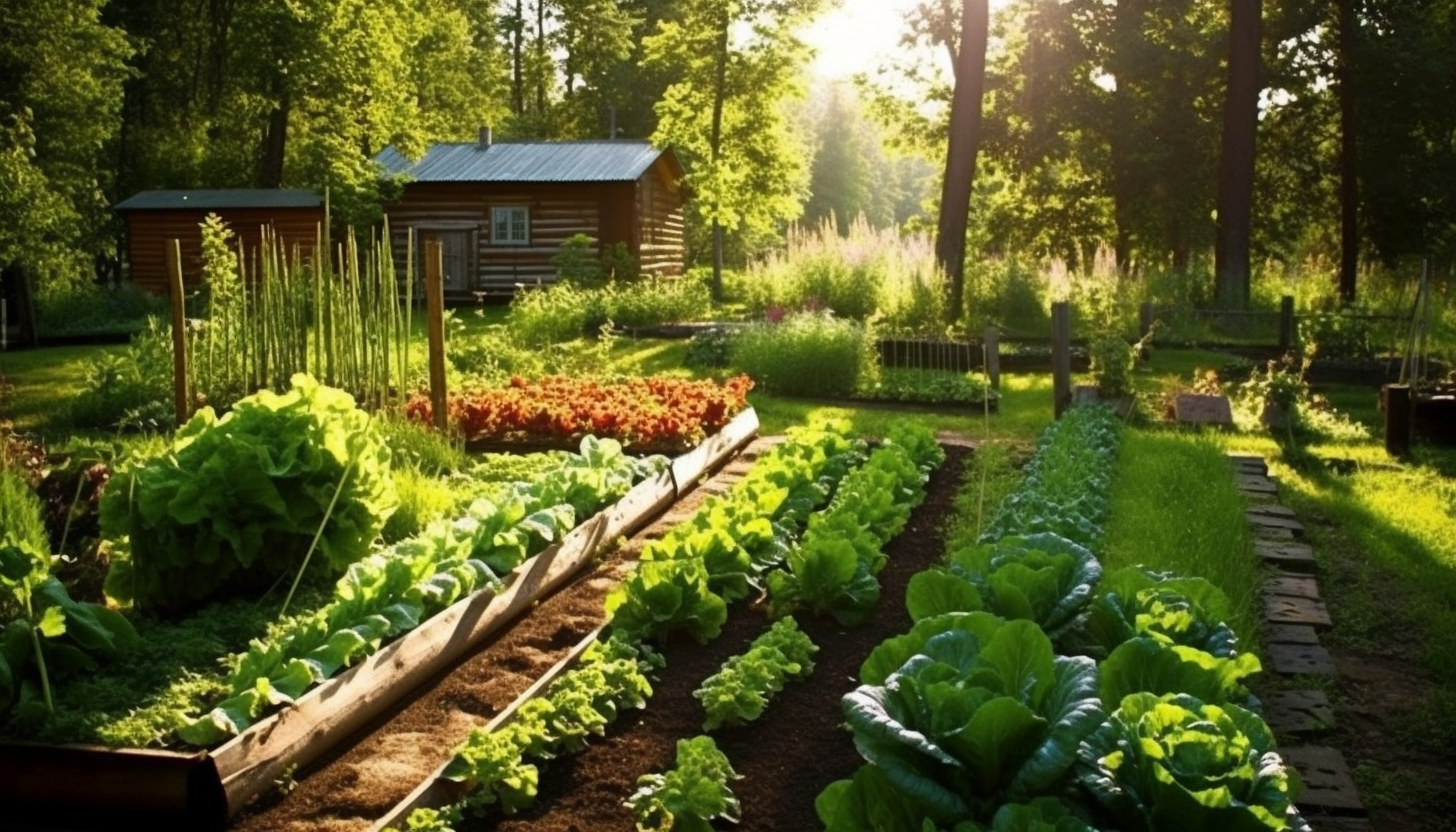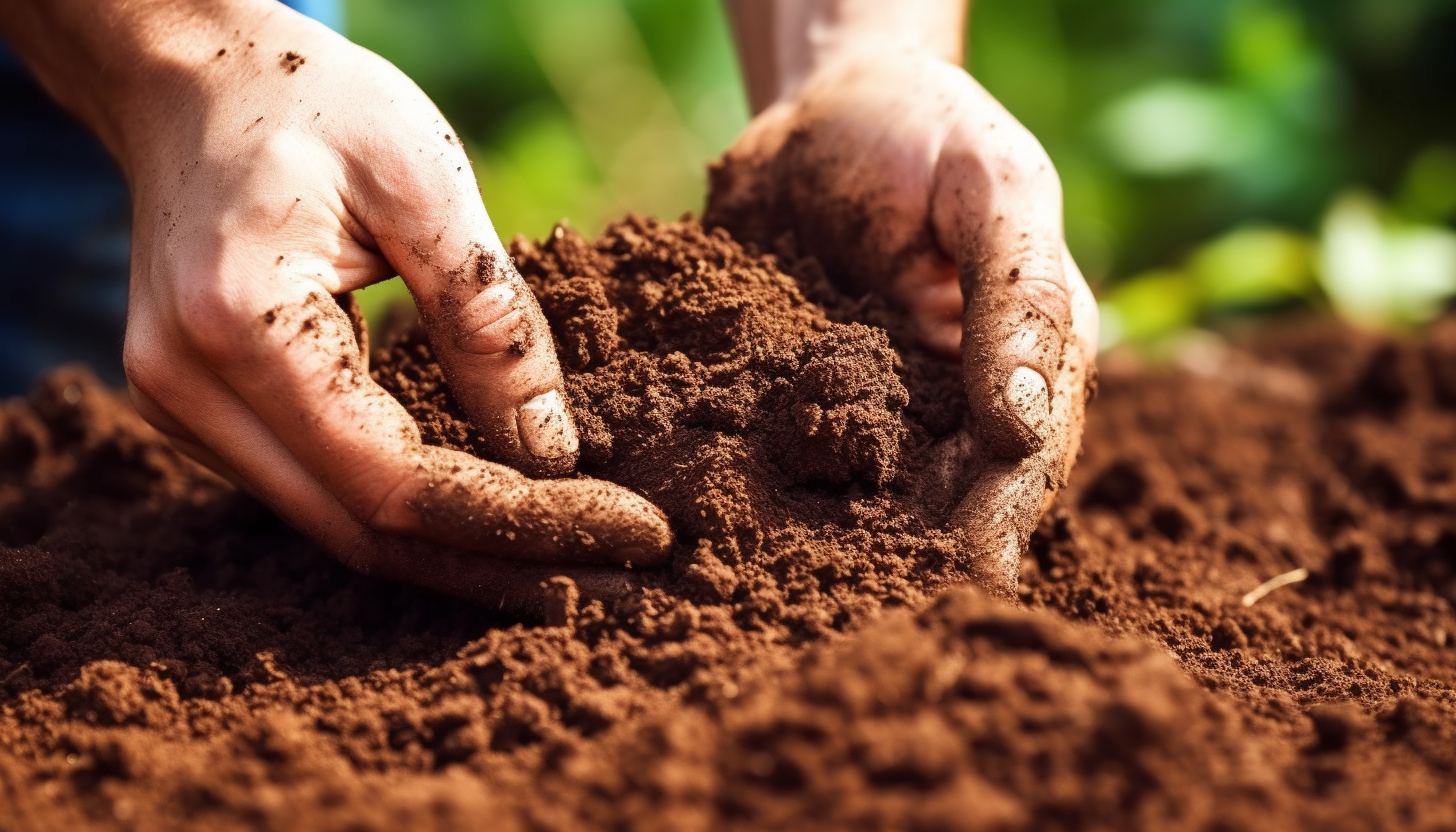P
May 28, 2023
Creating a Sustainable Vegetable Garden: Tips for Eco-Friendly Farming
#Sustainable Vegetable Garden
#Eco-Friendly Farming
#Organic Soil Amendments
#Plant Selection
#Water Conservation
#Carbon Footprint
#Local Agriculture
#Sustainable Farming Techniques

sustainable-vegetable-garden-thumbnail
Sustainable Vegetable Gardening: An Introduction
Sustainable vegetable gardening is a growing trend in the world of agriculture. It involves the use of organic soil amendments, plant selection, and water conservation techniques that aim to reduce the garden's carbon footprint. A sustainable vegetable garden is one that is not only productive, but also maintains and replenishes the health of the soil, the plants, and the environment. The goal is to create a garden that can continue to produce crops for generations to come, while protecting the earth's natural resources.
The benefits of an eco-friendly vegetable garden extend beyond environmental conservation. By choosing to grow your own vegetables, fruits, and herbs, you are supporting local agriculture and reducing your carbon footprint. By using organic soil amendments and choosing plants that are suited to your local climate, you are ensuring your garden will produce a bounty of fresh, healthy vegetables year after year.
When planning your sustainable vegetable garden, it's important to consider your climate and soil type. Soil quality is often the most overlooked but crucial factor in successful gardening. It is the foundation upon which your plants will grow, and it directly impacts the health of your plants. Before you begin, test your soil to determine its pH level and mineral content. This will help you choose the appropriate organic soil amendments to ensure your soil is healthy and ready to support your vegetable plants.
Plant Selection and Diversity
Plant selection is another crucial aspect of sustainable vegetable gardening. Certain plants, like legumes, can help improve the health of your soil by adding nitrogen. Other plants, like nitrogen-fixing plants, can help reduce your need for fertilizers. Diversity is also key, as it allows for a more balanced ecosystem and reduces the risk of pest and disease outbreaks.
When choosing plants for your garden, consider how they will fit into your space. Avoid overcrowding your beds, which can lead to competition for nutrients and water. Also, consider the season length in your region when choosing varieties. Short season varieties may only grow well in areas with warm summers, while long season varieties may be better suited to areas with cooler summers.
Water Conservation and Efficiency
Water conservation is another crucial aspect of sustainable gardening. By using drip irrigation systems, you can save up to 50% of water compared to traditional methods. Mulching can also help reduce water loss from your soil by retaining moisture. Additionally, consider planting your vegetables closer together. This will reduce the amount of space between plants, reducing the amount of water each plant needs.
Sustainable gardening requires patience, understanding, and an open mind. It may take some time to adjust to the different techniques, but the end result will be a garden that is not only productive but also protects the earth's resources. Remember, a sustainable vegetable garden is a journey, not a destination. Each year, you will learn more about your soil, your plants, and your local climate, and this knowledge will help you continually improve your garden's sustainability.


